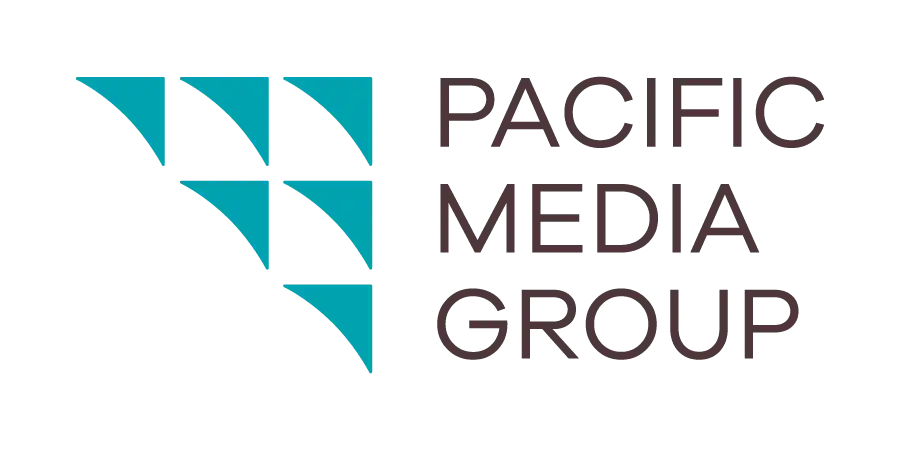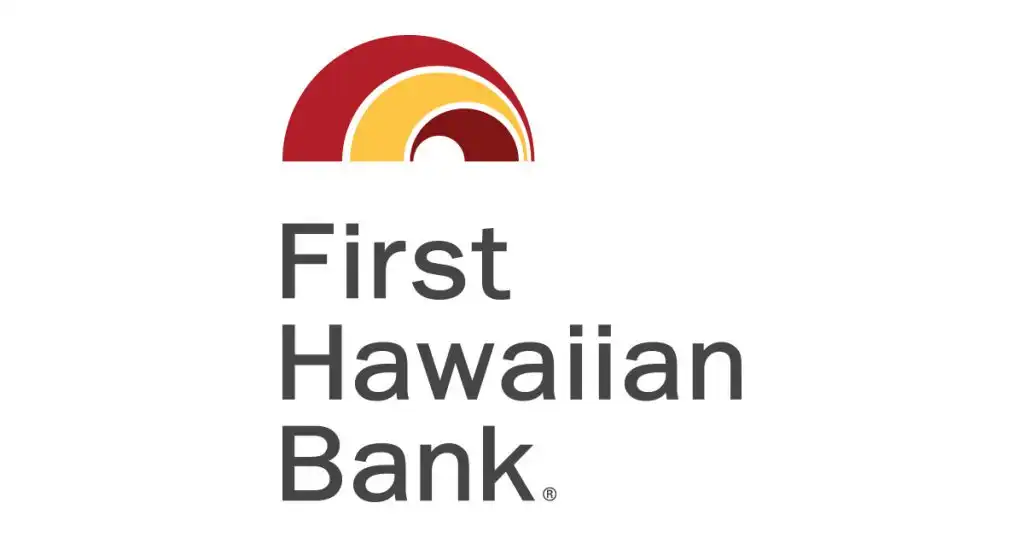Dangerous Molokai-2-Oahu Paddleboard Race Begins July 31
The 32-mile ocean crossing tests the endurance and daring of men and women as they cross the treacherous waters of the Ka’iwi Channel from Kaluakoi Beach on the north shore of Molokai to Maunaloa Bay on the south shore of Oahu begins July 31.
“Molokai is a big bite, and you better be ready for it. When you get out there, everyone is awe struck”, said legendary Pipeline surfer Gerry Lopez, in a statement released by the Molokai-2-Ahu (M2O) Paddleboard World Championship organizers. Gerry Lopez, the legendary surfer who made his name at Pipeline and then as an actor in films, returns to this year’s race with two crossings under his belt. Lopez currently lives in Bend, Oregon.
Founded in 1997, the Molokai-2-Oahu (M2O) Paddleboard World Championship is presented by Kona Brewing Company and is set to celebrate its 15th anniversary on Sunday, July 31, 2011, when the race begins.
“We are proud to be the presenting sponsor of the 15th annual Molokai-2-Oahu Paddleboard World Championship,” said Kona Brewing Company President and CEO Mattson Davis, said in a statement today. “The sport is such an integral part of life in Hawaii that we dedicated our latest beer to it, Koko Brown Coconut Brown Ale. This new addition to our lineup of Kona’s bottled beers, features vintage artwork depicting a stand up paddler on the waters of Maunalua Bay, the finish line of the race.”
The annual race will feature 250 courageous men and women athletes from more than 10 countries. Racers use only the power of their arms to propel their 18-foot crafts across the 32-mile wide channel.
Hailing from Australia’s Gold Coast, Jaime Mitchell, 34, leads the field of elite athletes in the unlimited paddleboard class and holds the fastest event time of 4 hours, 48 minutes, 23 seconds.
“The Molokai Channel is such a personal pursuit for me. Combine 32 miles, strong currents, large swell and then the unpredictability of what’s going to happen out there – that’s the challenge that keeps me coming back year after year,” said Mitchell. “I don’t think you ever truly master the channel.”
On the women’s side, Kanesa Duncan, 35, returns to defend her crown. Seeking her ninth win, the 5-foot-4-inch Duncan will paddle a board that is more than three times her size with hopes of beating the women’s record of 5:53:49 she set in 2004.
Upholding his lineage of great Hawaiian watermen, Dave Kalama, 46, is a favorite in this year’s Stand-up Paddleboard (SUP) division. As one of the world’s most accomplished and recognized big wave surfers, Kalama actively promotes SUP and plans to defend his title having completed the 2010 crossing in a time of 4:54:15.
The popularity of SUP is evident in the women’s race with a record field more than 10 solo women including returning champs Jenny Kalmbach, 28 from Hawaii (2009, 6:18:31) and Andrea Moller 32, from Brazil (2010, 6:00:00). Also in the women’s mix is Candice Appleby, 26, from Hawaii, considered one of the best SUP surfers in the sport.
M2O is the premiere event for the sport of paddleboarding. The race is comprised of four divisions and team relays that include traditional “stock” class boards and the “unlimited open” division that showcases some of the most technically advanced designs and materials from top manufacturers.
The stretch of water is also known as the Channel of Bones for its centuries old reputation for having claimed the lives of many, including ancient canoe fleets and modern-day fisherman and watermen. At a depth of 701 meters or 2,300 feet, ocean currents and varying swell heights are squeezed through the two islands creating turbulent water conditions.
The tragic loss of Hawaiian big-wave rider Eddie Aikau in the Ka’iwi Channel during the 1978 Polynesian voyage of the Hokule’a sailing canoe tempered watermen’s reverence for the powerful and wanton channel. After gale force winds and 30-foot swells disabled the vessel, Aikau purposely went overboard with his rescue paddleboard on a mission to seek help for his stranded crewmates. He was never seen again.
The channel’s lore serves to inspire athletes of all ages and physical ability to train for the endeavor.
In 2010, Riggs Napoleon from Oahu completed this first solo crossing at the age of 12. He returns this year to compete with his father Aaron. As the grandson of Nappy Napoleon, one of Oahu’s first Waikiki Beach Boys who has over 50 Molokai Channel crossings to his credit in an outrigger canoe, Riggs appears destined to carry on the family’s tradition.

Challenged athlete Mark Matheson arrives in Oahu following breakdown of escort boat in 2010. Credit: Bernie Baker
Challenged athlete Mark Matheson, who is paralyzed from the waist down, ran into technical difficulties last year, forcing him to pull out of the race. Matheson and his paddleboard were running fine. It was his escort boat that became disabled with 10 miles to go, with land in sight. Race rules require competitors to start and complete the crossing with an escort boat for safety.
This year, Matheson is supported by two escort boats to ensure success. To improve his training, Matheson can be seen at popular surf breaks in Oahu pulling surfers out to the lineup for resistance training.
The Molokai-2-Oahu Paddleboard World Championship is also anchored by an annually giving program through the 32::32 initiative. The concept of 32::32 is a donation of one dollar per mile, or $32 for 32 miles. Donors who pledge with 32::32 receive a limited edition T-shirt and hat. Donations can be made online at Molokai2Oahu.com.
The 2011 beneficiaries are:
Moloka’i Community Service Council provides grants to projects such as anti-drug programs, health services, legal services, economic development and environmental initiatives.
Nā Kama Kai – Hawaiian for “Children of the Sea,” Nā Kama Kai promotes the ocean lifestyle to youth through free ocean awareness and safety clinics where children are able to interact with prominent members of the waterman community.
Malama Maunalua is a community-based group caring for the Maunalua region of southeast Oahu – the finish line of the Molokai-2-Oahu race. Malama Maunalua is a collaboration of more than a dozen prominent partners working together to create a community-based marine education and resource stewardship program.
The Rell Sunn Education Fund is a non-profit organization celebrating the life of Hawaii’s most famous waterwoman, Rell Sunn who died of Breast cancer in 1998. The organization is focused on educating the public about sportsmanship, environment, combating juvenile delinquency and providing funds to battle breast cancer.
Registration is open through July 1. Go to Facebook and Twitter to get the latest event information and race updates.












